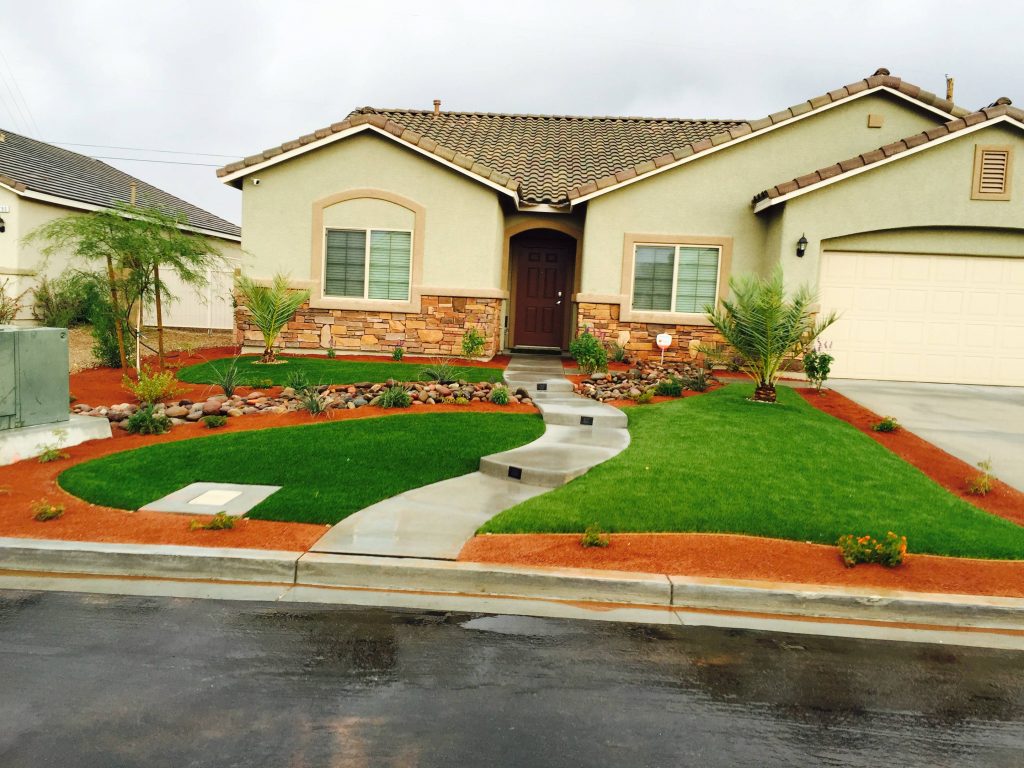
There are many factors that go into the design of a landscape, and you can use the following guidelines to create an effective design: unity, scale, repetition, and color. Ideally, each area in your landscape should relate to one another. Using a repetitive theme is a good way to achieve this, but it must be done with care to avoid becoming monotonous. For example, you can use a theme of red foliage to create a harmonious color scheme throughout your garden.
First, make sure you have a clear idea of what you’re trying to achieve with your garden. Be sure to discuss your goals with your landscape designer, and pay close attention to the advice they offer. Landscape designer Melbourne should be able to help you achieve these goals by incorporating your ideas and opinions into the design. For example, you might want to add fragrance to a small garden area, or choose low-growing plants that don’t block the view. Being flexible and open-minded will help the designer create a design that meets both your needs and your budget.
If you’re interested in pursuing a career in landscape design, you should consider joining an association that serves your industry. This organization may provide you with valuable training and networking opportunities. Several associations also offer certifications, which may help you get a foothold in the industry. As a member, you’ll have access to networking events and conferences, which can help you further your career.
A landscape architect should have excellent analytical and communication skills. He or she should be able to clearly explain ideas to construction workers and clients. Those who are non-native English speakers may need to take classes to develop their skills. Taking math or art classes is also beneficial for future landscape designers. In addition, there are plenty of online courses for landscape designers.
Landscape designers may choose to work for an established company or as freelance contractors. Both of these career paths have advantages and disadvantages and depend on personal preferences. A landscape designer who works for an established landscaping firm may work in an office environment, and will often receive training and guidance from more experienced designers. A freelancer, on the other hand, has the flexibility to work as much or as little as he or she wants.
Landscape designers and architects have different sets of skills, but they have similar training and experience. A landscape architect will focus on plants, while a landscape designer will focus more on aesthetics. Landscape design Melbourne often have a horticultural background, which can be helpful for creating a beautiful landscape. It’s important to remember that both types of landscape design have a wide range of experience, but a landscape architect is typically required for large-scale projects.
Landscape architects plan outdoor spaces for commercial and public spaces. They also work to restore natural places that have been disturbed by human activity. In addition, landscape architects are trained to respect historic landscapes and work with municipal and other organizations to preserve them.




